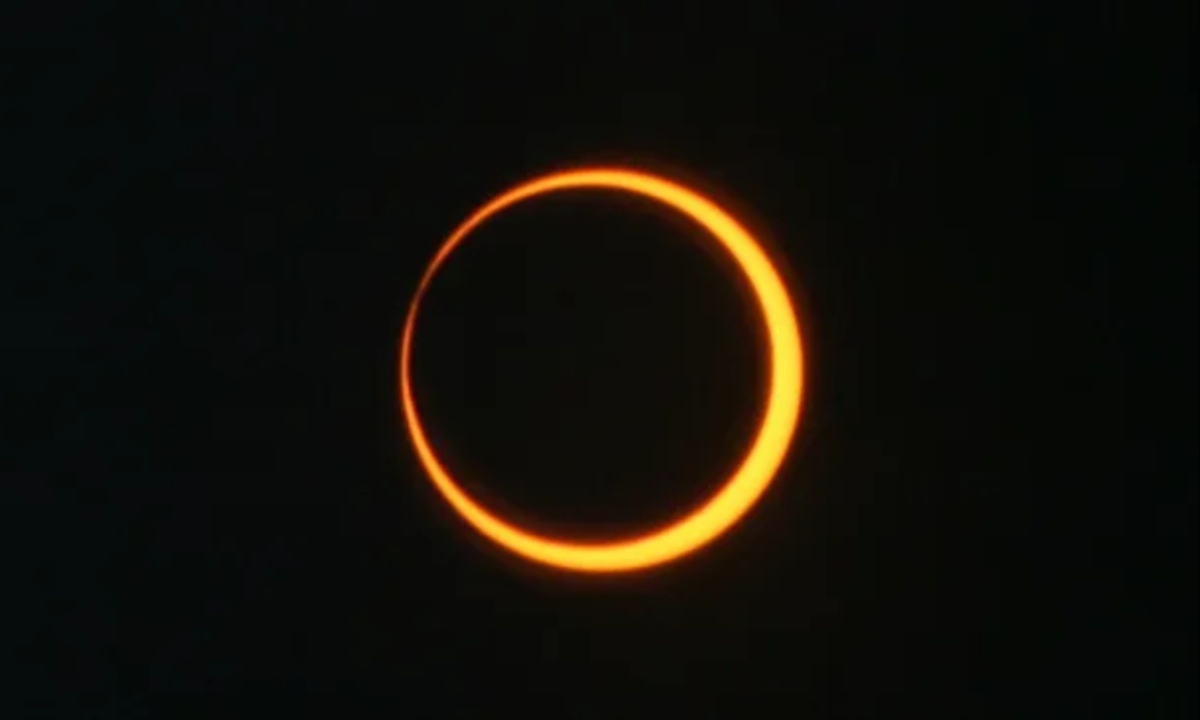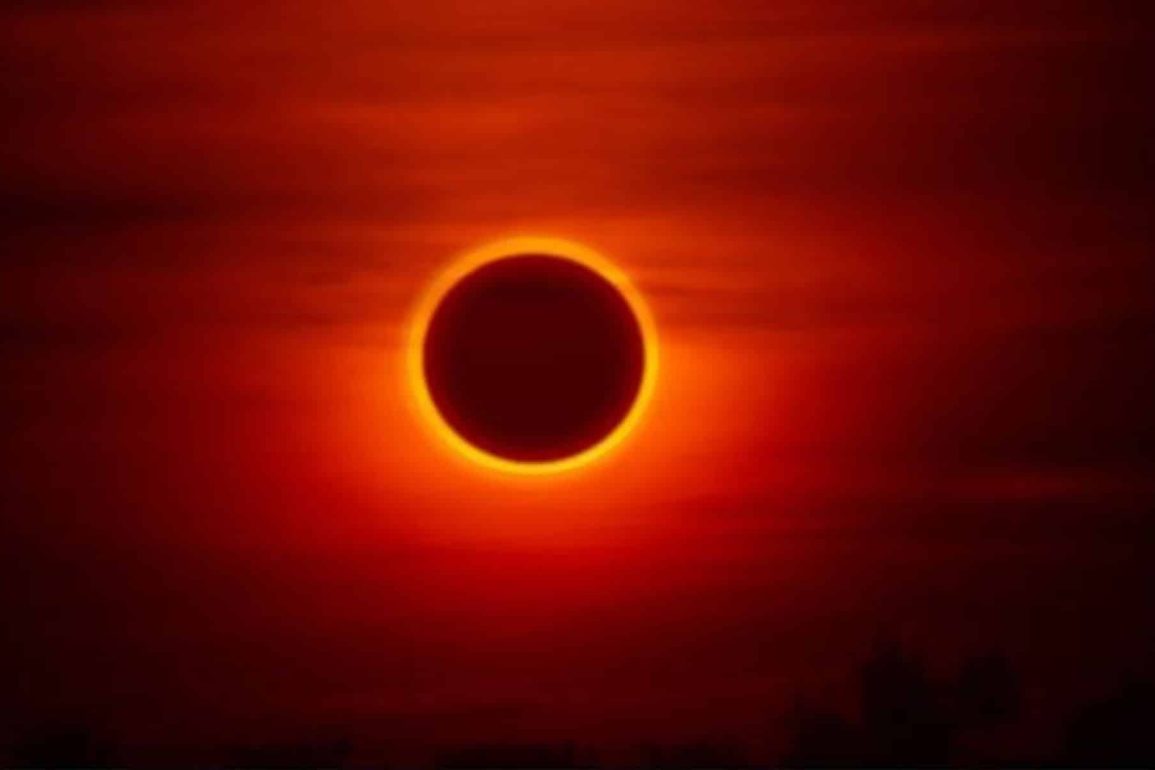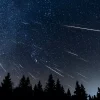On October 2, an annular solar eclipse will take place in the Southern Hemisphere. During this type of eclipse, the moon does not completely block the sun, leaving a visible “ring of fire” around its edges. This striking effect occurs because the moon appears slightly smaller than the sun from Earth’s perspective, making the eclipse partial rather than total. Observers will need special eclipse glasses to safely view the event, as it is never safe to look directly at the sun during an annular eclipse.
The speed of the moon’s shadow during the eclipse will vary dramatically depending on location. In some regions, the shadow will race across the surface at over 6 million mph, while in others it will slow down to around 1,278 mph, comparable to the speed of a jet fighter. These differences are caused by Earth’s curved surface and the changing distance between Earth and the moon during the eclipse, which affects how quickly the shadow moves across different areas.

As the shadow travels across Earth, it will follow a curved path from northwest to southeast. The combination of Earth’s round shape and the moon’s varying distance during its orbit causes the shadow’s speed to change constantly. When the shadow first touches Earth and as it departs, the speed can appear almost infinite, though this is primarily due to the geometry of the event. More practical speed measurements are taken where the eclipse is fully visible on the horizon.
The fastest movement of the moon’s shadow will occur as it begins in the Pacific Ocean and later as it leaves near South Georgia Island. At these points, the shadow will move at a staggering 5 to 6 million mph. However, these figures are most significant at the edges of the eclipse path, where the shadow barely touches Earth. Elsewhere, speeds will be slower but still impressive, ranging from around 5,000 to 9,000 mph.
On the other hand, the slowest shadow movement will happen in the Pacific Ocean northwest of Easter Island. Here, the shadow will move at just 1,278 mph, making it the location where the “ring of fire” will be visible for the longest time—lasting for 7 minutes and 25 seconds. This slow speed results from the moon being closest to Earth at this point, making the shadow move more slowly as it crosses the planet’s surface.

